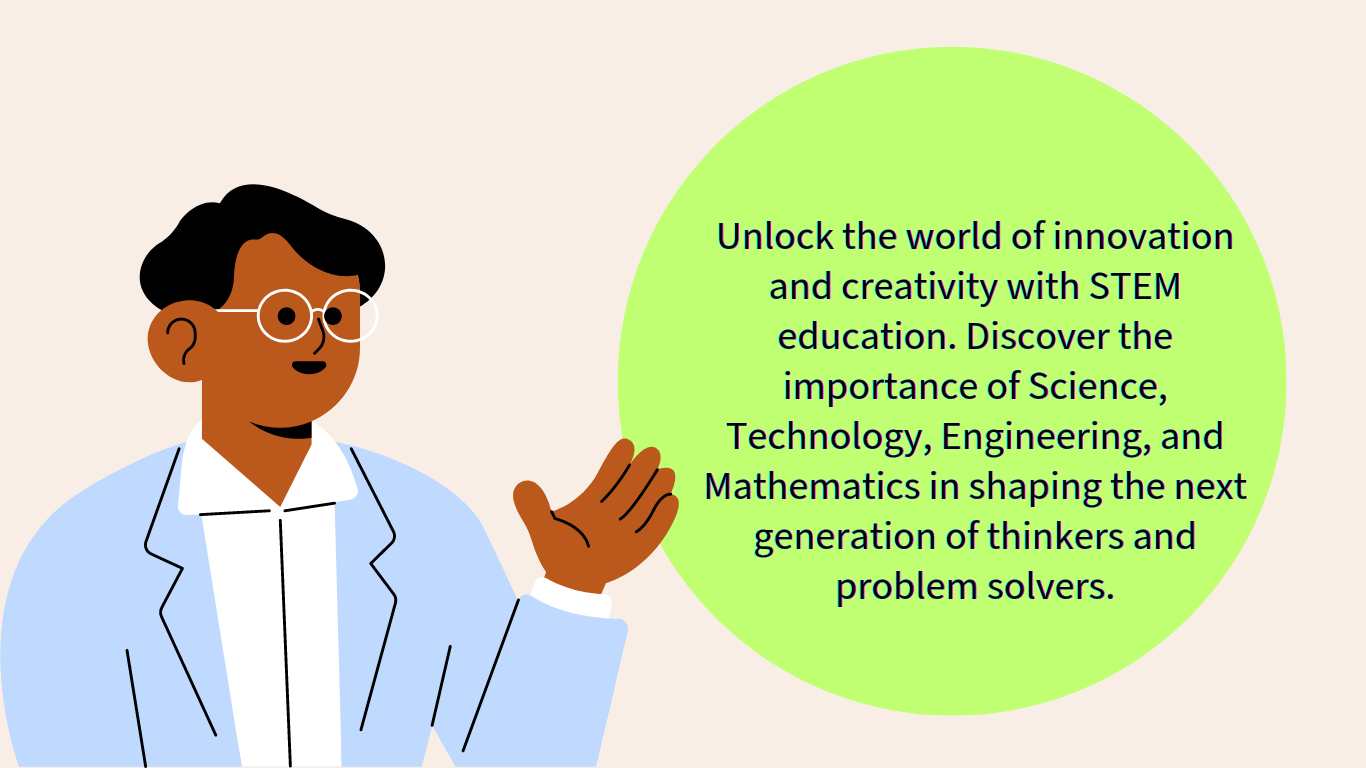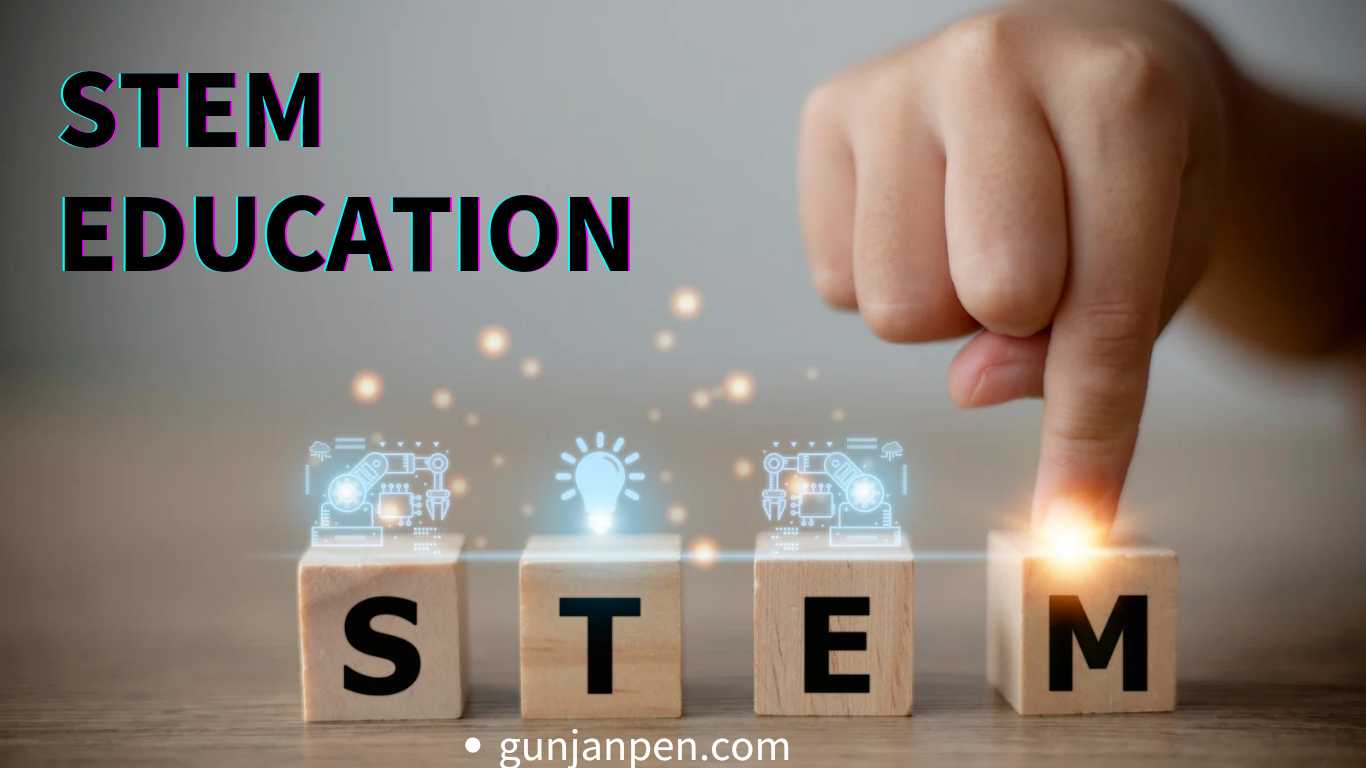Elevating STEM Education: Strategies to Enhance and Embrace the Trends of 2023-In a world increasingly defined by technological advancement and innovation, the landscape of education is undergoing a transformative shift, especially in the fields of Science, Technology, Engineering, and Mathematics (STEM). As we venture into 2023, it’s essential to stay ahead of the curve and embrace the emerging trends that are shaping the future of STEM education. This article explores the key trends for 2023 and provides insights into how we can enhance STEM education for a brighter tomorrow.
Introduction
Elevating STEM Education- As we stand on the brink of a new era, the trends that are defining STEM education are interconnected, innovative, and geared towards preparing students for the challenges and opportunities of the 21st century. STEM stands for Science, Technology, Engineering, and Mathematics, and it serves as a framework for education that directs students’ research, discussion, logical reasoning, and critical thinking. The teaching and learning processes are changing due to a bold new education policy for 2020 and the complexity of the new normal following the COVID 19 pandemic. Academicians and legislators have recognized the importance of STEM education in order to stay up with the inventive developments occurring throughout the world. For their successful careers, our students will inevitably need to develop their STEM readiness.

Integration of Real-World Applications
More than ever, STEM education is becoming practical and relevant. The incorporation of practical applications into curriculum enables students to make connections between theoretical ideas and real-world situations, improving their comprehension and recall.
Pathways for Personalized Learning
It is becoming more popular to customize educational experiences to each student’s talents, interests, and learning preferences. Personalized learning paths encourage a stronger passion of learning by empowering students to take charge of their education.
Environmental Learning Collaboratives
Collaboration is crucial in a world that is changing quickly. The focus of STEM education is changing toward cooperative learning settings where students collaborate to tackle challenging issues that mirror real-world situations.
a focus on inclusion and diversity
Innovation depends on diversity. By putting diversity and inclusion in STEM disciplines as a top priority and making sure that all views are heard, education is embracing this idea.
An increase in project-based learning
Project-based learning is becoming more popular as a potent way to develop practical skills. Students engage on practical projects that help students develop their critical thinking, problem-solving, and collaboration skills.
Blending Physical and Virtual Learning
A hybrid approach that combines traditional classroom settings with virtual learning platforms is becoming more prevalent. This approach offers flexibility and accessibility while maintaining interactive learning experiences.
Incorporating AI and Gamification
Artificial Intelligence (AI) and gamification are revolutionizing education. Integrating AI tools and gamified elements into STEM learning not only enhances engagement but also provides real-time feedback for improvement.
Educator Professional Development
Teachers are at the heart of effective education. Ongoing professional development equips educators with the latest teaching methods, technology integration, and innovative strategies to create impactful learning environments.
Fostering Creativity and Critical Thinking
STEM education is moving beyond rote memorization. Fostering creativity and critical thinking encourages students to explore unconventional solutions and think outside the box.
Environmental and Sustainability Education
With global challenges like climate change, environmental and sustainability education is gaining prominence. STEM programs are emphasizing the importance of addressing these pressing issues.
Addressing the Skills Gap
The gap between classroom learning and industry demands is narrowing. STEM education is focusing on teaching practical skills that make students job-ready in a competitive job market.
Engaging STEM Outreach Programs
Engagement starts early. STEM outreach programs are inspiring the next generation through hands-on experiences, workshops, and activities that spark curiosity and passion for STEM fields.
Enhancing Career Readiness
Preparing students for successful careers requires a comprehensive approach. STEM education is incorporating career-focused elements, ensuring graduates are well-equipped for the workforce.
Machine Learning in STEM Education
Artificial intelligence (AI) has received more media attention recently than anything else. Both the commercial and educational uses of AI are still in their infancy, yet they both hold promise for the future.

The following applications of AI in STEM education were highlighted by STEM Education Journal:
Learning Prediction – Modeling uses AI-powered algorithms to forecast student performance and status.
Students may receive feedback and individualized learning using an intelligent tutoring system.
Student Behavior Detection: AI can monitor the traits, patterns, and actions of students as they study.
Automation – Tools can create assignments, grade assignments, and evaluate student performance automatically.
Conclusion
Elevating STEM Education- Keeping up with these developments is essential for educators, students, and policymakers alike in the dynamic world of STEM education. By accepting these changes, we open the door to a more promising and creative future. These tendencies will direct us toward academic achievement and societal advancement as we go forward into the year 2023 and beyond.
When we look at these strategies, we can see how swiftly STEM education is developing. Through the use of technology, multidisciplinary methods, diversity and inclusion programs, and innovative evaluation techniques, students may be better prepared for the opportunities and challenges that await them in the real world. By using these strategies, teachers may guarantee that STEM instruction is pertinent, interesting, and meaningful for today’s children.
PS5 PRO: Lunch Date, Price, and Specs Leaked – All You Need to Know!
TCS Xplore: Unleashing the Power of Learning and Growth-2023
FAQs
- Why is STEM education important in 2023? STEM education equips students with skills that are essential in the modern world, fostering innovation and problem-solving abilities crucial for various industries.
- How can educators make STEM education more inclusive? Educators can promote inclusivity by providing equal opportunities, diverse role models, and addressing biases in curriculum and teaching methods.
- What role does gamification play in STEM learning? Gamification makes learning enjoyable, encouraging active participation, collaboration, and healthy competition among students.
- What are the emerging trends in STEM education? Emerging trends include the integration of AI and sustainability education, preparing students for the future’s technological and environmental challenges.
Mathematics education in the United States
- Pre-STEM
- Science, Technology, Engineering and Mathematics Network
- Society of Hispanic Professional Engineers (SHPE)
- STEM Academy
- STEM.org
- STEM pipeline
- “Science, Technology, Engineering, and Mathematics (STEM) Education: A Primer” (PDF). Fas.org. Archived (PDF) from the original on 2018-10-09. Retrieved 2017-08-21.

